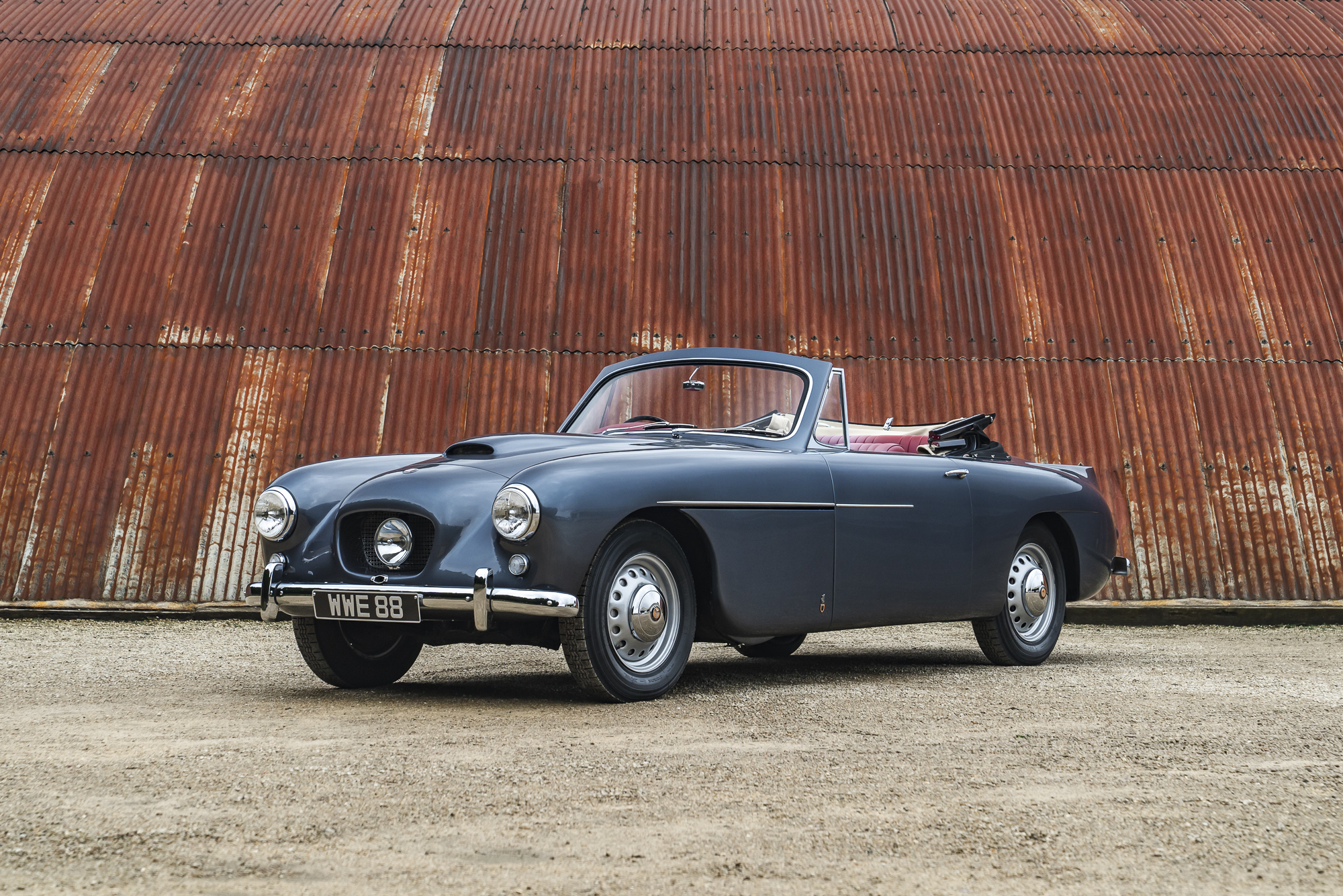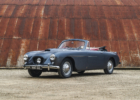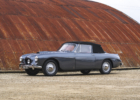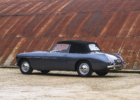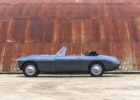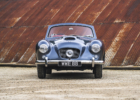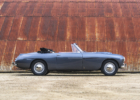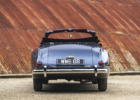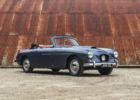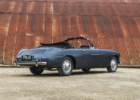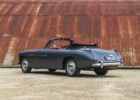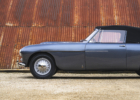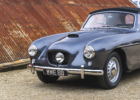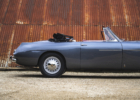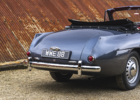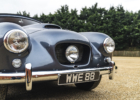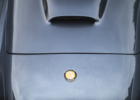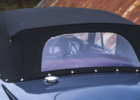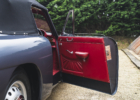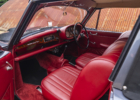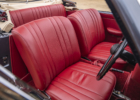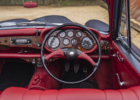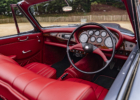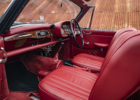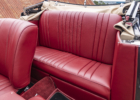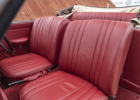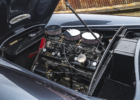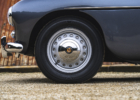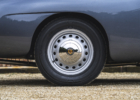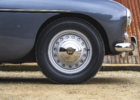1956 Bristol 405 Drophead Coupe
- One of only 43 drophead coupés to be built
- Recent thorough restoration including engine overhaul
- Presented in Heather Grey with Claret Red interior
- Extensive history file and full factory tool kit
| YEAR | 1956 |
| MAKE | Bristol |
| PRICE | £175,000 |
VEHICLE DESCRIPTION
This extremely rare Bristol 405 drophead coupé is one of only 43 such cars to have left the Filton factory, and is looking resplendent following a recent restoration.
Chassis number 4525 previously formed part of the collection owned by Bristol enthusiast Brian May, and it subsequently spent 20 years with another custodian who replaced most of the car’s wooden frame.
More recently, the Bristol was given a full bare-metal restoration during 2022 and 2023, and is now in exceptional condition throughout. The work was overseen by Merlin Classics, which did the bodywork and resprayed the car in Heather Grey. Retro Wiring fitted a new wiring loom, while Bespoke Car Trim of Cheshire carried out an interior retrim in red leather and also fitted a new soft-top.
Bristol specialist INRacing rebuilt the car’s six-cylinder engine (number 100B/3623) and fitted Cosworth pistons and new valves. It also pressure-tested the block and cylinder head, and new piston rings and pushrods have been installed. Final engine tuning was done by Nigel Grant Racing, and a new stainless-steel exhaust was installed.
This Bristol 405 is now being offered for sale with an extensive history file that includes an original instruction manual, plus a workshop manual for the 100B and 100B2 engine, gearbox and overdrive. All restoration invoices are included, and the car even has a correct period tool kit.
Individual, beautifully engineered and built in small numbers, Bristol cars have always been a choice for discerning enthusiasts, and this attractive 405 drophead coupé embodies all of the qualities from which the marque made its name.
MODEL HISTORY
The Bristol 405 was offered in saloon form and as a much rarer drophead coupé when it was launched in 1955. Along with the short-wheelbase 404 two-seater coupé, which had been introduced two years earlier, it marked a departure from the styling of previous Bristols, replacing their upright design with a much more contemporary ‘jet age’ look that evoked the company’s origins in the aircraft industry.
Beneath the skin lay a separate steel chassis with box-section main members and a wheelbase of 9ft 6in, while the aluminium body panels were mounted on a steel and ash frame. Lockheed light-alloy drum brakes were used, while front suspension was by a transverse leaf spring and wishbones, and torsion bars were used at the rear.
The engine was the 100B development of the famous BMW-based straight-six, with overhead valves operated by cross pushrods. With triple Solex carburettors, it produced 105bhp at 5000rpm, and period road-testers delighted in the quality of the gearchange and the calming effect of the overdrive.
All Bristols were largely hand-assembled and, in 1956, a 405 would have cost £3586 including purchase tax – considerably more than rivals such as the Aston Martin DB2/4.Total production of the 405 comprised 265 saloons and 43 drophead coupés, with the latter receiving bodywork from coachbuilder ED Abbot of Farnham.
Much was made of the parent company’s aircraft experience, with promotional material trumpeting the fact that ‘the Bristol 405 comes from the same stable as the Britannia’ and that its aerodynamic body was ‘shaped and tested by people skilled in aviation techniques’.
When Bill Boddy drove a 405 from London to the Lake District for the February 1956 issue of Motor Sport, he wrote that the Bristol was ‘beautifully made and finished’ and concludedthat it was ‘a tireless car in which to drive fast over long distances.’
